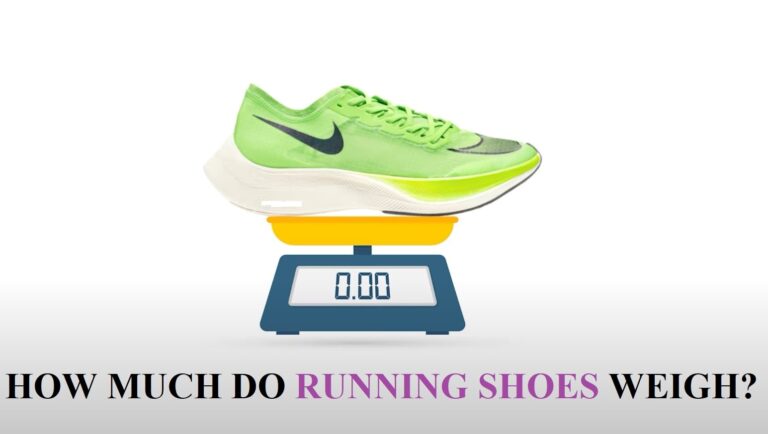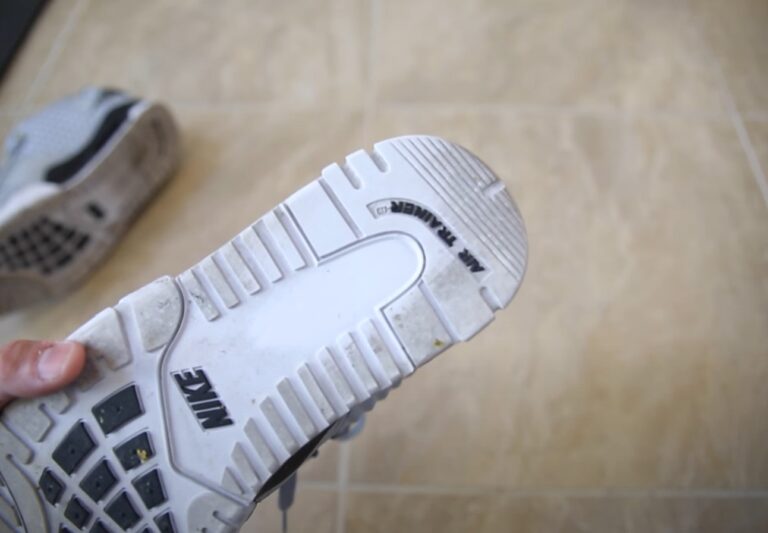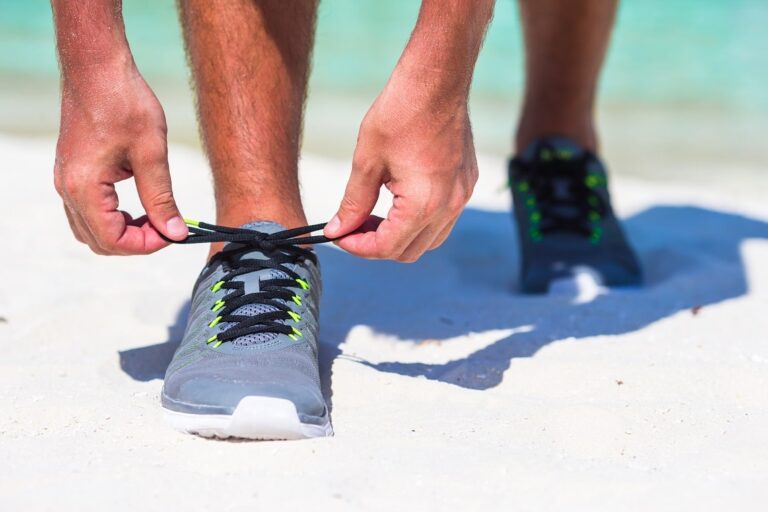WHY ARE RUNNING SHOES SO EXPENSIVE
If you’ve ever gone to buy a new pair of running shoes, you may have noticed that they can be pretty pricey. So, why are running shoes so expensive? Let’s take a look at some of the reasons.
One reason is that running shoes are generally made with higher-quality materials than your average sneaker. They need to be durable and comfortable, able to withstand all the miles you’ll put on them. Additionally, they often have special features like extra support or cushioning to protect your feet and ankles. All of these add up to a higher cost for the shoe.
Another reason is that running shoes usually come from specialty brands. These companies put a lot of research and development into their products to ensure that they meet the needs of serious runners. They also tend to market themselves as premium brands, which drives up the price even further.
So there you have it – a few reasons why running shoes can be on the pricey side. But if you’re serious about your runs, investing in a good pair of shoes is definitely worth it!
The history of running shoes and how they’ve evolved over time
Running shoes have come a long way since the debut of the first jogging shoe – the Adidas Bantum – in 1969. Despite their humble beginnings, today’s running shoes are crafted with innovative technology designed to help athletes achieve peak performance. From lightweight fabric to cushioning and stability, running shoes now come in a variety of features and styles, each carefully tailored to fit every athlete’s needs. But why are these shoes so expensive? That is because the science behind improving running results requires cutting-edge technology such as multi-component foam, pressure-mapped outsoles, and arch support systems that don’t come cheap. Ultimately, runner’s who purchase high-end running shoes are making an investment in their performance and safety by investing in gear made explicitly for them.
The different materials that go into making a running shoe
Running shoes are a crucial piece of equipment for athletes and fitness enthusiasts alike. The right pair can be the difference between an enjoyable outing or risk of injury. Knowing what goes into making a running shoe is an important step in finding the right one. Most shoes use a combination of synthetic materials, such as nylon mesh that provides adequate breathability, and urethane foam which adds cushioning. But it’s not just synthetics that go into creating them; the most advanced models also contain rubber components to ensure stability, strength, flexibility and grip on various surfaces like trails and pavements. There are also specialized materials used in running shoes including insulating fabrics for winter use and special moisture absorbers like Gore-Tex as well. All these materials come together to make comfortable yet reliable running shoes for your activities.
Why some brands are more expensive than others
Many consumers are familiar with the concept of luxury brands and their typically high price tags. However, there are also a variety of reasons why other brands may cost more than average. In order to manufacture products at higher levels of quality, materials have to be sourced and processes have to be followed; both of which can increase overhead costs for manufacturers. In addition, some companies may allocate extra resources toward research and development in order to create innovative new products; such efforts usually require additional financial investment. In either case, customer’s can expect that these investments will translate into higher prices for finished goods. From ethical production standards to priority customer service, brands with larger price tags can often be justified by the array of benefits they offer |on top of| alongside excellent quality products.
How to find the right running shoe for you
Finding the right running shoe can make all the difference in your run. With so many types, designs, and features available, it can be tough to know where to start. To find your best fit and style, begin by determining what type of running you’ll be doing most often. For instance, trail runners need more sturdy shoes with important features like traction, midsole cushioning for stability and protecting against rocks, roots, or other terrain hazards. For those hammering out regular road or track runs then speed, lightweight designs should be considered. After deciding on a style from there look at features such as support level and cushioning technology to ensure you have enough protection for your individual foot shape and stride length. Trying shoes before buying them is essential and will allow you to get a better sense of their comfort level while running to keep you fully supported mile after mile.
Tips for taking care of your running shoes so they last longer
Taking care of your running shoes is an important part of ensuring they last a long time. Cleaning them after every run is essential to prevent dirt, mud, and sweat from building up on the material. Don’t be afraid to use soap and water when needed for extra tough stains. Also make sure you take care of the sole of your shoe; not only does this help with shock absorption in order to protect your joints from impact, but it will also allow your shoe to keep its bounce. Last but not least, give your shoes some rest days! Even the best running shoes need a break between runs to ensure they provide the same level of support with each wear.
Conclusion
In conclusion, it is important to understand the history and construction of running shoes before making a purchase. With so many different materials and brands on the market, it can be difficult to choose the right shoe for you. However, by following our tips on finding the perfect fit and taking care of your shoes, you will be sure to find a pair that meets all of your needs. Thanks for reading!







